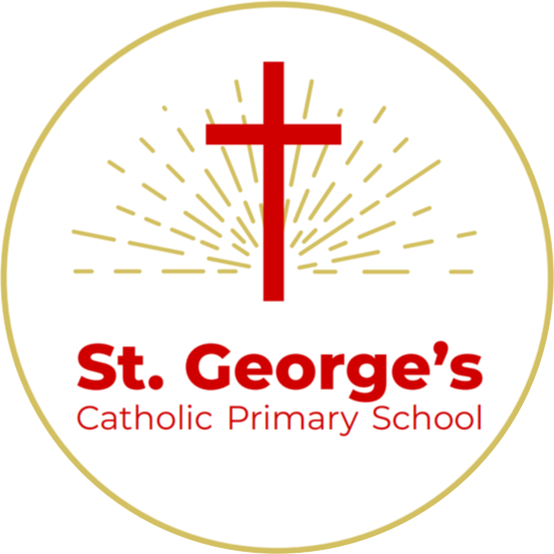Recommended Reading List KS2
KS2 Good Quality Reads; One off books/classics
|
Author |
Title |
Genre |
|
Charles and Mary Lamb |
Tales from Shakespeare |
Tells the tales of Shakespeare in a short, child friendly version. You could read one, or all. Also useful if you’re going to see the plays! |
|
Catherine Storr |
Marrianne Dreams |
Ghostly story of a child convalescing and how her dreams about another ill child become a dream story. Beautifully written. |
|
Phillippa Pearce |
Tom’s Midnight Garden |
Tom is staying with elderly relatives due to illness. He is very bored. One night he hears the grandfather clock strike 13. He sets off to investigate and meets the ghost Hatty. |
|
Franz Kafka |
Metamorphosis |
Gregor Samsor wakes up to find he has turned into a cockroach in his flat. It is actually about an analogy about a nervous breakdown but you possibly wouldn’t know from reading it. Would probably need to discuss with an adult after. However it is a classic and worth attempting for advanced readers. |
|
Judith Kerr |
When Hitler stole Pink Rabbit |
Semi-autobiographical from the author of Mog. Tells of her escape from Nazi Germany through Switzerland, France and finally London. |
|
Anna Sewell |
Black Beauty |
Classic narrated by the horse itself. Sad but a true tale. |
|
Lewis Carroll |
Alice in Wonderland Alice through the looking glass. |
2 lovely adventure stories. Some have beautiful illustrations. |
|
Susan Coolidge |
What Katy did What Katy did next |
A classic about the adventures of Katy |
|
Louisa May Alcott |
Little Women |
Adventures of sisters. Set in America. Funny but sad. |
|
Nina Bawden |
Carrie’s War |
Child evacuated during World War 2. A little scary. |
|
Anne Frank |
Diary of Anne Frank |
Suitable for upper KS2 |
|
Kenneth Graham |
Wind in the willows |
Some of the books also have excellent illustrations. |
|
Frank Baum |
Wizard of Oz |
Well written |
|
J.M. Barrie |
Peter Pan |
Language has dated but still a modern classic. |
|
Richard Adams |
Watership Down |
A challenging read but well written. |
|
William Goldman |
The Princess Bride |
A Classic |
|
Eva Ibbotson |
Journey to the river sea |
Beautifully written. A girl goes to live with spoilt cousins in the Amazon |
|
Tony Robinson |
Kings and Queens |
Lovely book which tells, in child friendly language, the history of British Kings and Queens. From Alfred the Great to the bloody Plantagenets, crafty Tudors, to present day. |
|
J.R.R. Tolkein |
Lord of the Rings trilogy The Hobbit |
A challenging read. Maybe read the Hobbit first! It’s much shorter and simpler. However a classic-might appeal to boys as a great adventure story. |
|
William Golding |
Lord of the Flies |
A Classic. Children stranded on a desert island quickly become tribal. |
|
Michael Morpurgo |
Various |
All his books are fabulous. Check out “Kensuke’s Kingdom” or “War Horse.” Has written 20+ books. Some are about World War 1 and 2. All fantastic |
|
Philip Pullman |
His Dark Materials Other various |
Challenging books but well worth the effort. Check out “The Firework maker’s daughter” (year 4 or 5) or any of the trilogy from his dark materials. First book is the film “Golden Compass” (book called Northern Lights) |
|
Michael Rosen |
Great Poetry |
All his poetry books are fantastic. Story about Eddie is very sad, about his own son dying at 18. |
|
Roald Dahl |
Various |
Read them all!! Include “Going solo” which is autobiographical. |
|
Anthony Horowitz |
Spy books- Alex Rider Diamond Brothers Series Various others |
Very witty, challenging. Liked by both boys and girls. |
|
Eoin Colfer |
Artemis Fowl series |
Very witty, challenging. Liked by both boys and girls. Much wittier than Harry Potter, little bit dark but beautifully written. |
|
Derek Landy |
Skulduggery Pleasant |
New to the market. A smart detective and his cunning sidekick have adventures in a magic world. |
|
Erin Hunter |
Cat Warrior series |
Numerous adventures amongst different clans of cats. Set in New forest. Would appeal to girls especially. |
|
Michael Bond |
Loga da Polga series |
Trilogy of a guinea-pig and her adventures with her friends. Laugh out loud funny. |
|
Terry Deary |
Horrible Histories, Geography, Science etc. |
Fabulous series with all the glory bits left in. Often linked to what children are learning about at school. |
|
Jamilla Gavin |
3 Princesses Coram Boy |
Beautifully written stories. 3 Princesses is 3 different stories about Rama and Sita. Very clever. |
|
Alan Garner |
The Owl service |
Bit scary but very clever stories. |
|
Caroline Lawrence |
Roman mysteries series |
Set in Ostia in Roman times. Really well written books. Exciting clever. |
|
Michelle Paver |
Series of ancient darkness |
Australian writer. Set in Aboriginal times. Torak goes on a mission to save his forest. |
|
C.S. Lewis |
Narnia Chronicles |
Don’t dismiss the other books. The Loin the Witch and the Wardrobe. Read all the other books ( the Voyage of the Dawn Trader is a good read) |
|
J. K. Rowling |
Harry Potter books |
Fiction books, a good read, liked by both boys and girls. |
|
Tom McLaughlin |
A series of ‘Accidental’ books |
Excellent read, each chapter has the title of a song, a funny read. |
|
Various |
How to be the best… |
Various fun books on how to be the best girl, boy, most glamorous, adventurous etc. Good fun and light hearted! |
